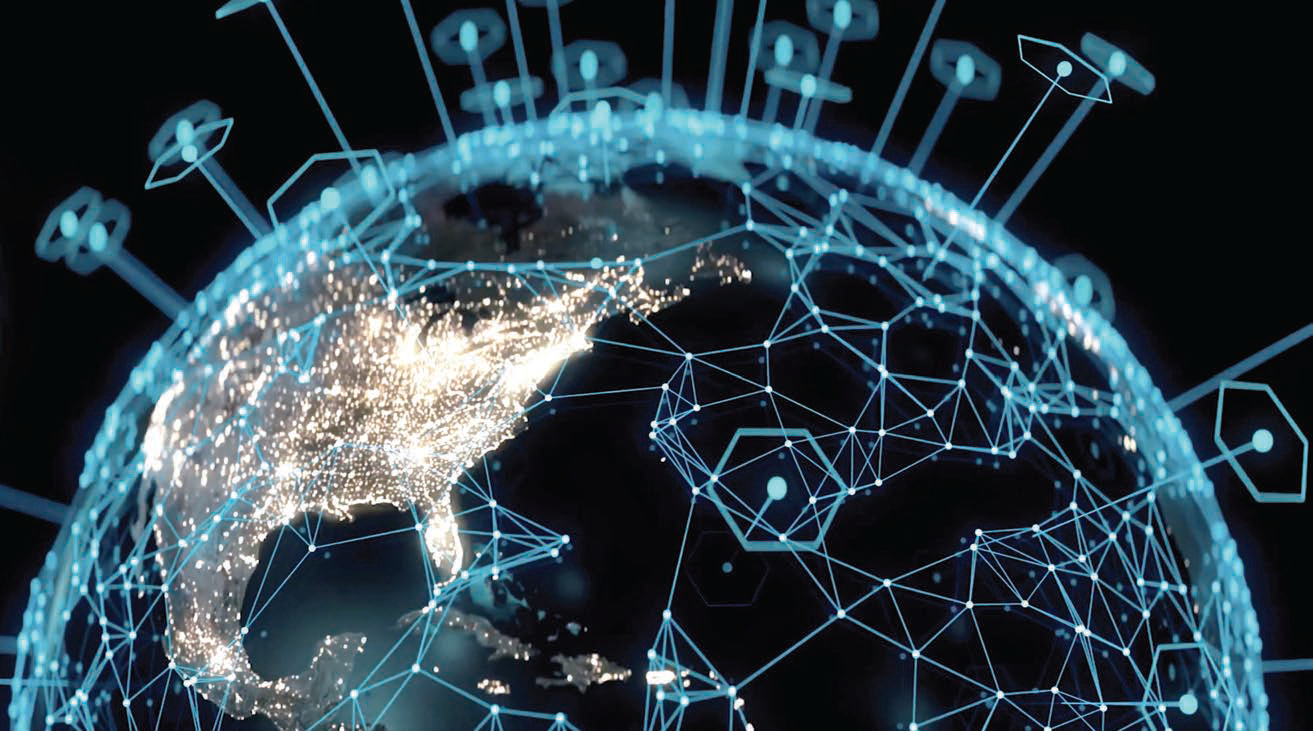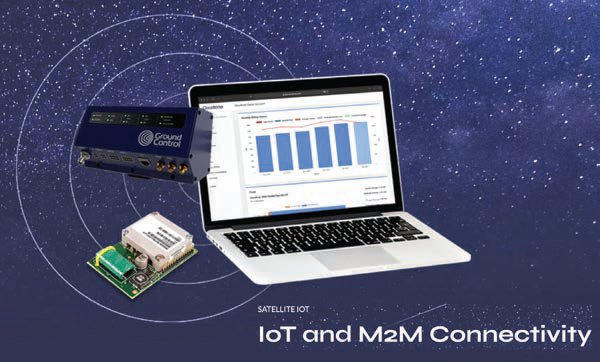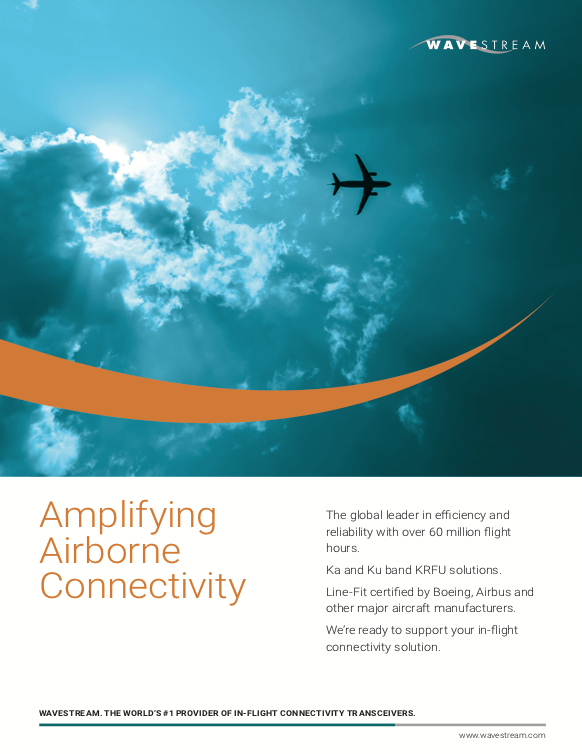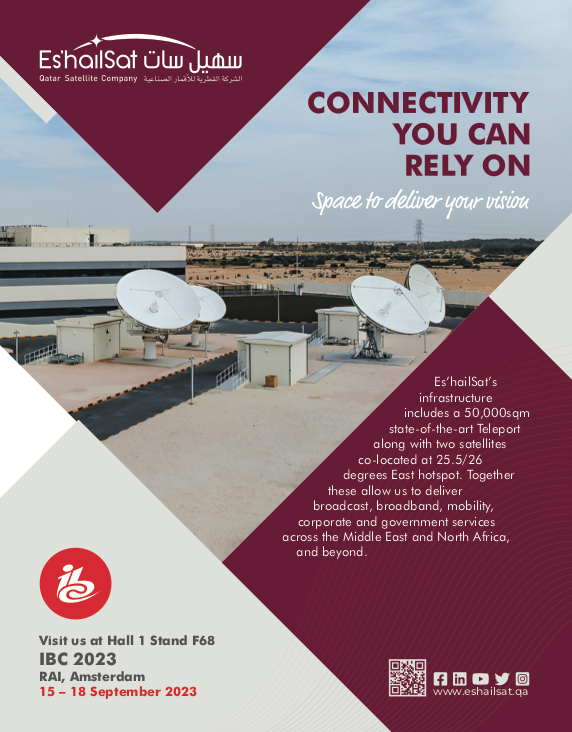Overcoming interoperability challenges: Keeping remote renewables assets connected
The ability of different systems and devices to communicate and work together seamlessly — interoperability — has transformed industry. In the renewables sector, interoperability is key to keeping remote renewable assets including wind turbines, solar installations, and energy storage systems connected.

Renewables businesses face a number of challenges, especially when creating a network that is secure, cost-effective and, ultimately, operates as one.
The Internet of Things (IoT) has already enabled unprecedented levels of connectivity, data collection, and analysis across industry, and the renewables sector is no exception. IoT devices can be used to monitor the performance of renewable energy assets such as turbines and generators, using real-time data to improve efficiency and reduce downtime.
However, these devices rely on interoperability to function effectively. IoT devices must be able to communicate with each other and other systems, such as cloud-based platforms and data integration tools, to deliver increased efficiency, cost reduction and improved sustainability.

Alastair MacLeod
Why does interpretability matter? In the renewables sector, interoperability is essential for ensuring that all hardware and software systems can communicate with each other, regardless of the manufacturer or technology used. As renewable energy assets are often located in remote locations, where terrestrial coverage is intermittent or unavailable, it can be difficult to maintain connectivity and monitor performance.
Real-time data exchange between different systems, allows for more accurate and comprehensive data management. Given the inherent unpredictability of wind, sun, and water patterns, the ability to improve the speed and accuracy of output forecasting can be a game changer.
This data can also be used to inform predictive maintenance ensuring at-risk parts are replaced before failure, avoiding costly downtime. The early detection of turbine damage, for example, can save wind farm owners millions annually. And the same goes in myriad other examples in solar and other renewable settings and environments where early intervention is crucial.
What’s more, interoperability makes it easier to add new systems and devices to existing infrastructure, making it more scalable and adaptable to changing energy needs. This is especially important in the renewables industry, where new sources of energy are constantly being developed and added to existing energy systems — secure, stable connectivity with the grid is essential.

One of the most significant challenges to achieving interoperability is communication and integration issues between different hardware and software systems. renewable energy systems are often composed of different components and technologies that may not be compatible with each other. For example, solar panels from one manufacturer may not be able to communicate effectively with inverters from another manufacturer. This can result in inefficiencies, data silos and increased costs.
Interoperability can increase the vulnerability of renewable energy systems to cyber attacks. When different systems and devices are connected and exchanging data, it can create new attack vectors that may not have been considered in the design of the original system.
In addition, currently there is no universally accepted standard for renewable energy systems, which can make it difficult for different systems to communicate and exchange data effectively. This can lead to inefficiencies, reduced data quality, and increased costs.
What’s more, often renewable energy assets such as wind turbines or solar farms, are located in remote areas. These areas may experience intermittent or even complete lack of traditional terrestrial coverage, which can make it difficult to establish reliable connection for data exchange and remote monitoring.
The can be little doubt regarding the importance of resilient and ubiquitous connectivity. At present, a mere 15% of the Earth’s surface is supported by conventional terrestrial communications infrastructure, some of which is complex, vulnerable and expensive to maintain. Satellites, in contrast, can provide global coverage and are comparatively resilient — unaffected by, for instance, natural disasters.
In our own blog “The role of 5G and Satellite technology in Industry 4.0,” we discussed the three key areas where satellite can complement 5G and terrestrial networks, augmenting network reach to include rural, remote areas, embedding redundancy and, of course, additional backhaul capability.
As assets such as reservoirs and wind turbines are in remote, rugged environments often it’s not financially viable to build or maintain the infrastructure required to support these assets via terrestrial or fiber connectivity. In fact, a recent survey by Inmarsat found that 91% of business leaders felt satellite connectivity was key to improving the effectiveness of IoT solutions.
Perhaps, unsurprisingly then, satellite has become an increasingly popular solution for assets outside traditional terrestrial coverage to ensure reliable, blanket network coverage.
Important considerations for satellite integration include regulatory (spectrum allocation and licensing, for example), while others are capital, not least of which is the cost of deploying satellite-enabled devices. In short, hardware compatibility and power management are important considerations for anyone looking to introduce satellite IoT modules into their network.
Satellite IoT (satIoT) modules typically use different communication protocols and hardware interfaces than traditional IoT devices.Therefore, ensuring the selected modules are compatible with existing hardware and software infrastructures are extremely important. Selecting modules that support the communication protocols and physical interfaces required by your network is a key to success.
In addition, satIoT modules may require different power management strategies, due to their reliance on satellite connectivity and potentially, long battery life requirements. Modules that are designed to operate efficiently in low-power environments and able to implement power management strategies that minimize power consumption and maximize battery life are also crucial selections.
Finally—cost. Due to the added complexity and technology required to support satellite networks, satellite modules and, indeed, satellite airtime, can be more expensive. However, there are several ways this can be integrated within a network to ensure the correct balance of performance and cost is obtained.
Just one such example — in the case of one of our customers managing a water treatment works, sensors used LoRaWAN to transmit data to a hub. The hub then optimizes the data payload to reduce transmission costs and transmitted this via satellite only when cellular connectivity was unavailable. This solution has proven quite successful and stands as an impressive showcase of the possibilities available with integrated networks.
Network integration must be seamless. Thinking about interoperability and integration more generally, it’s key that renewables organizations evaluate hardware and software solutions and consider implementing systems and components that are designed to work together. Though not always possible, it’s important to consider factors such as compatibility, data exchange standards as well as communication protocols. By selecting solutions that are designed to work together, companies can streamline communications and improve efficiencies.

APIs (Application Programming Interface) provide a standardized way for different systems to communicate and exchange data, while data integration tools enable companies to consolidate and manage data from multiple sources. By leveraging these tools, companies can improve data quality, reduce data silos, and streamline communication between different systems. Simply, APIs and data integration tools are powerful tools for achieving interoperability.
Moreover, cloud-based solutions can play a critical role in enabling remote connectivity for renewable energy systems. By storing data in the cloud, companies can access data from anywhere with an internet connection, enabling remote monitoring and management of renewable energy systems. Cloud-based solutions also provide a scalable and cost-effective way to store and manage data, enabling companies to optimise energy resources more effectively.
Managing growth and the related costs can be extremely challenging. In Europe in 2022, solar and wind power generated 22% of all electricity, according to European Electricity Review 2023, outstripping fossil fuel (20%) for the first time. However, according to Wood Mackenzie Power, $8.5 billion was being spent on unplanned repairs and corrections caused by component failures in wind operations.
Though the substantial growth in renewables demonstrates a clear appetite for the global commitment to hit eco targets, this must be balanced with managing economic investment. Given that many of these costs can be mitigated with reliable monitoring and control, preventative maintenance, especially for devices in hard-to-reach areas; it’s no great surprise that satIoT is becoming increasingly popular within the renewables sector.
Ultimately, the renewables industry has had to cope with managing remote and harsh environments for many years and has done so adeptly, evolving with the technology to support remote management. There will always be challenges of course, but with satellite, issues associated with operation visibility and control could be a thing of the past. With the availability of reliable connectivity anywhere on the planet, renewables operators have the chance to turn what was once a major challenge into a cost saving and efficiency bearing advantage.
Author Alastair MacLeod is the Chief Executive Officer at Ground Control. He joined the company in October of 2020, having previously led the team at Teralytics, and had senior roles at Orange and Solera. With a background in tech, telco, SaaS, DaaS, and big data, Alastair is well equipped to guide Ground Control through the firm’s evolution.
Established 20 years ago in 2002, Ground Control uses satellite and cellular technology to connect people and things, particularly within hard to reach, remote areas — from wind farms to fishing fleets and first responders to forestry workers. Ground Control designs and builds its own hardware covering the entire spectrum of connectivity requirements, with manufacturing facilities in the UK, and in the United States. The company’s long—term partnerships with airtime providers such as Inmarsat and Iridium mean that it has access to the most competitive and comprehensive airtime plans, taking full advantage of their service evolutions in ways that make Ground Control’s customers’ challenges easier to solve. Ground Control works within a multitude of Governments and industries, including Oil & Gas, Utilities, First Responders, Maritime, the Environment and Agriculture from all over the globe.



